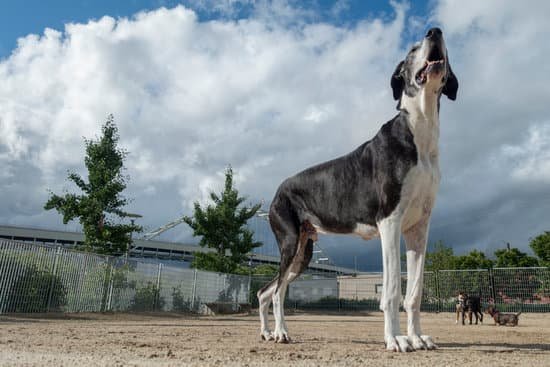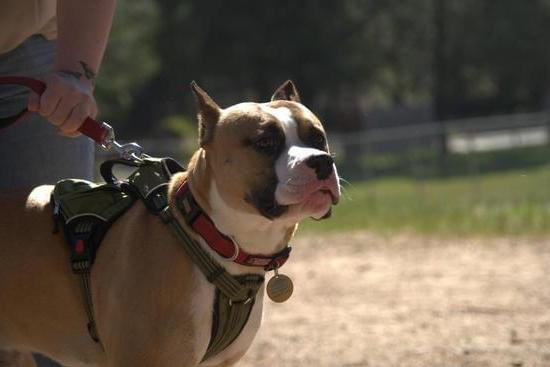Crate Training A 6 Month Old Dog
The Benefits of Crate Training
Crate training is a popular way to housebreak a dog. It can also be used to teach dogs to settle down and relax in a certain area. Crate training can be a helpful tool for managing a dog’s behavior, both in and out of the home.
When crate training a 6-month-old dog, it is important to start slowly. Introduce the dog to the crate with positive reinforcement and treats. Let the dog explore the crate on its own and do not force it inside. Once the dog is comfortable with the crate, begin using it as a place to sleep and relax.
If the dog has an accident in the crate, do not punish it. Simply clean the mess and continue training. Crate training can be a slow process, but with patience and positive reinforcement, it can be successful.
Can You House Train A Dog Without A Crate
?
Yes, you can house train a dog without a crate. However, it will likely be more difficult and will take longer.
One of the most common methods for house training a dog is to use a crate. A crate can be an effective tool because it provides a confined space for the dog that is also familiar and comforting. This helps to discourage the dog from eliminating in inappropriate places.
If you do not want to use a crate, you will need to be more vigilant in watching your dog and preventing him from having accidents. You will need to take him outside frequently, and reward him for eliminating outside. It may also help to keep him in a small, confined area when you are not able to watch him closely.
Crate Training An Adult Dog
Crate training can be a great way to help your adult dog learn new behaviors and to provide a safe and comfortable place for your dog to relax.
The best way to use a crate is to place your dog in the crate for short periods of time and to give your dog plenty of positive reinforcement when he or she is in the crate.
Some dogs may be hesitant to enter the crate, but with patience and positive reinforcement, your dog will likely come to enjoy spending time in the crate.
One important thing to remember is that you should never use the crate as a form of punishment.
If you are having trouble getting your dog to enter the crate, you can try placing a toy or treat in the crate to entice your dog to enter.
Once your dog is inside the crate, you can close the door for a few seconds to get your dog used to being in the crate.
Once your dog is comfortable being in the crate, you can begin to leave the door open and let your dog wander in and out of the crate as he or she pleases.
If your dog begins to chew on the crate, you can try spraying the crate with a bitter apple spray to discourage this behavior.
Crate training can be a great way to help your dog learn new behaviors and to provide a safe and comfortable place for your dog to relax.
How To Crate Train An Anxious Dog
Dogs are den animals and like to have a safe place to retreat to. A crate can provide this for an anxious dog, as well as a sense of security and calm.
The first step in crate training an anxious dog is to introduce the dog to the crate. Place the crate in a quiet, comfortable spot in the house and put some treats and toys inside. Let the dog explore the crate on his own and don’t force him to go in.
Once the dog is comfortable with the crate, start feeding him all his meals inside the crate. Gradually lengthen the amount of time he spends in the crate until he’s comfortable staying in there for hours at a time.
If the dog starts to get anxious in the crate, don’t punish him. Simply calmly remove him from the crate and try again later.
The key to crate training an anxious dog is to be patient and take things slowly. With time and patience, the dog will come to see the crate as a safe and comforting place.
Crate Training Small Breed Dogs
There are many reasons to crate train your small breed dog. Perhaps you need to confine your dog to a specific area for safety reasons, or you want to housebreak your dog more quickly. Crate training can also help reduce destructive behavior and separation anxiety.
The key to successful crate training is making sure your dog sees the crate as a positive place. Start by putting a soft bed or blanket in the crate, and giving your dog a treat or toy to play with. As your dog becomes more comfortable with the crate, you can start closing the door for short periods of time.
Make sure to take your dog out for a bathroom break immediately after letting him out of the crate. Crate training can be a slow process, but with patience and perseverance, you’ll have a well-trained small breed dog in no time.

Welcome to the blog! I am a professional dog trainer and have been working with dogs for many years. In this blog, I will be discussing various topics related to dog training, including tips, tricks, and advice. I hope you find this information helpful and informative. Thanks for reading!





